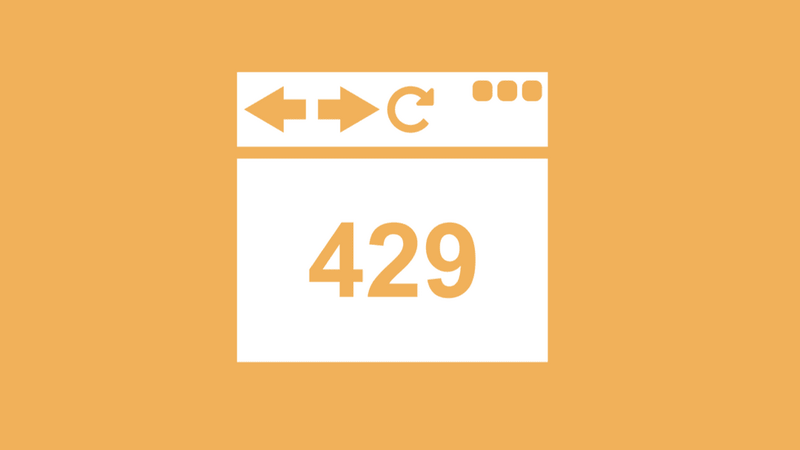
Every day, millions of people across the world use YouTube
to view videos, listen to music, and even broadcast live events. However,
YouTube, like any other internet site, is not immune to technological difficulties.
The 429 error code is one of the most prevalent that consumers experience. This
issue is often shown as "Too Many Requests" and can be quite
inconvenient for users attempting to access their favourite content.
The 429 error code is a common HTTP response status code
that signals that the user submitted too many requests to the server in a short
period of time. This issue is typically produced on YouTube when a person or an
automated system sends an unusually large number of requests to the platform in
a short period of time.
This can occur for a variety of reasons, including the use
of automated scripts to scrape data from the site, the use of third-party
programmes that use YouTube's API, or just refreshing the page too frequently
in a short period of time.
When YouTube's servers identify an unusually large number of
requests from a single IP address, that IP address may be temporarily blocked
to avoid possible abuse. This is done to defend the platform against malicious
assaults like Distributed Denial of Service (DDoS), which can overload the
servers and cause the site to slow down or even crash.
YouTube can guarantee that its servers stay stable and that
genuine users may continue to use the site without interruption by restricting
IP addresses that submit too many queries.
There are numerous measures you may do if you see the 429
error number when accessing YouTube. First, wait a few minutes before
refreshing the page. In many circumstances, the mistake will go away on its own
within a short time.
If the issue persists, try emptying your browser's cache and
cookies, which can occasionally help you reconnect to the server. If you use a
third-party app to view YouTube, check sure you're using the most recent
version and that it's not sending an excessive amount of requests to the
platform.
If you are still unable to view YouTube after doing these
procedures, you should contact your Internet Service Provider (ISP) to see if
they can assist you. In rare situations, your ISP may be able to alter your IP
address, allowing you to circumvent the restriction.
You might also use a Virtual Private Network (VPN) to view
YouTube from a different IP address. However, utilising a VPN to circumvent
YouTube's limits may violate the platform's terms of service, so proceed with
caution.